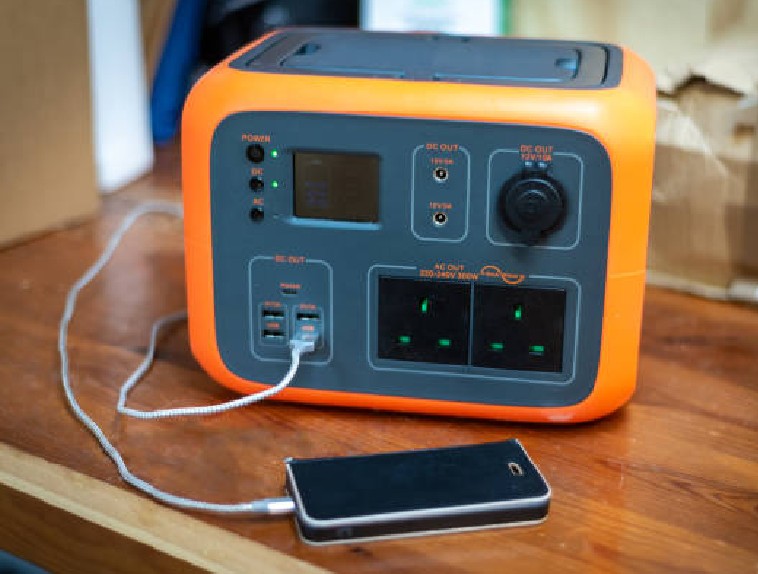Question: Meter sockets
I have noticed some meter sockets that are marked “Residential Use Only.” Why does the Listing limit these meter sockets for residential use only?
Answer
The “Residential Use Only” marking is permitted by UL 414, theStandard for Safety for Meter Sockets, for meter sockets that are intended for use on 120/240-volt, 3-wire, single-phase dwelling services in accordance with NEC 310.15(B)(6). ThisCodesection provides a different ampacity table for “3-wire, single-phase dwelling services and feeders.”
Requirements for wire bending space and the conductor size a terminal is rated to terminate are reduced to account for the reduced size conductor. For example:NECTable 310.16 would require 3/0 Copper for 200 A service, while UL 414 would allow 2/0 if marked for this application [which is in agreement with conductor ampacities provided inNECTable 310.15(B)(6)]. These meter sockets have not been evaluated for applications that go beyond this limitation.
Meter sockets are Listed under the product category Meter Sockets (PYJZ) located on page 243 of the 2008 UL White Book. The Guide Information for (PYJZ) in the White Book does not currently include an explanation of the residential-use-only marking, however, the 2009 UL White Book will. The updated Guide Information for (PJYZ) can be viewed on UL’s Online Certification Directory at www.ul.com/database and entering PJYZ at the Category Code search field and click search.










Find Us on Socials